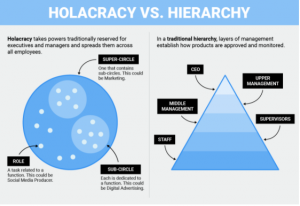This time of year brings all the excitement of the holidays, Halloween, Thanksgiving, Christmas and Hanukkah, among others. Amid all the festivities, for many organizations, it brings Compensation planning activities including revisions of salary structures, decisions on merit increases, promotions, adjustments and bonuses. Before you say “Bah Humbug” let’s take a closer look at how to structure a compensation plan and why it’s so important to your organization.
For all of the articles out there espousing compensation as a short term motivator, compensation speaks to our employees. It tells a story of how we perceive their value in the workplace. There is little that is more important than the value one sees in oneself and that is partly determined by the value others place on us and our contributions.
Ask Questions
You have to start out by asking the right questions in order to determine what your company’s compensation strategy should be. It’s OK not to have all the answers, they will provide topics for discussion with your internal teams.
What are your goals?
It’s important to know what problem you are trying to solve before you launch into a strategy to solve it. Do you have excessive turnover? Are you having a hard time attracting candidates? Are you losing your high potential employees at an alarming rate? Do you need to focus certain groups on different goals
How would you define your market?
Is it defined solely based on a geography you are in? Do you need to include competitors outside of your geographical regions? Is it domestic or do you have international competitors as well? Sometimes, you can get a good clue to identifying this by asking where do your employees come from, and where do they go when they leave?
How competitive do you need to be?
Some disciplines like Big Data are highly competitive and there may only be a handful of candidates that everyone is competing for. On the other hand, if your positions are relatively common and there are many candidates available, you may be able to set you target closer to the 50th percentile and be just fine
What and how should you reward?
What behavior do you want to reinforce and what types of rewards will you give? The most effective plans focus on a Purpose Statement and/or Guiding Principles. Your rewards should ultimately drive the culture you are trying to create. Even monetary rewards come in many different forms. They could be merit increases, promotions, short term or long term cash incentives.
All of the above questions will help to guide you toward the most effective compensation strategy for your organization and drive employee productivity forward.




